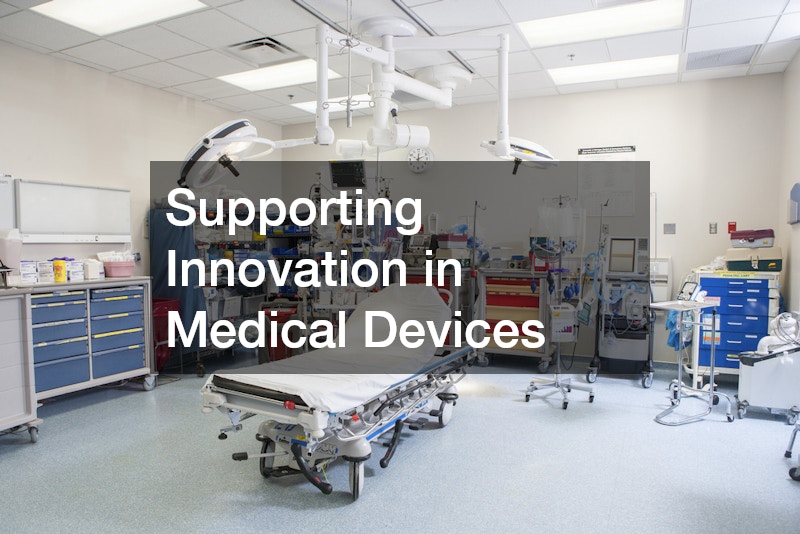
Polyethylene film plays a pivotal role in many industries, but few are as reliant on its properties as the medical and pharmaceutical sectors. Known for its flexibility, durability, and hygienic attributes, polyethylene film is an essential material that helps uphold sterility, product protection, and compliance with strict safety regulations.
In this article, we’ll explore the various ways polyethylene film supports the medical and pharmaceutical industries, highlighting its critical applications and the reasons for its widespread use.
Maintaining Sterility in Medical Environments
One of the most vital roles polyethylene film plays in healthcare settings is preserving sterility. From operating rooms to pharmaceutical packaging facilities, preventing contamination is a top priority. Polyethylene film is chemically inert and non-toxic, making it ideal for use in cleanroom environments. It acts as a barrier against bacteria, dust, and moisture, significantly reducing the risk of microbial intrusion.
Hospitals and labs often use polyethylene sheeting to line surfaces, protect medical instruments, and cover equipment. The film’s impermeable nature ensures that nothing unwanted passes through—especially during sensitive procedures or storage. This helps maintain a hygienic environment and supports infection control efforts.
Protective Packaging for Pharmaceuticals
Pharmaceutical companies depend on high-quality packaging to preserve the efficacy and shelf life of medications. Polyethylene film is frequently used in primary and secondary packaging formats, including blister packs, sachets, pouches, and liners. Its moisture-resistant and oxygen-blocking properties make it especially useful for medications sensitive to environmental exposure.
Low-Density Polyethylene (LDPE) and High-Density Polyethylene (HDPE) films are commonly selected based on the product’s requirements. LDPE is more flexible and transparent, while HDPE offers higher tensile strength and better barrier protection. These materials help ensure medicines reach patients in optimal condition, minimizing the risk of degradation or contamination.
Compliance With Regulatory Standards
Regulatory compliance is a cornerstone of the medical and pharmaceutical industries. Polyethylene film used in these fields must meet rigorous FDA, ISO, and USP standards for safety, cleanliness, and performance. Medical-grade polyethylene films are manufactured under strict conditions to ensure consistency, purity, and traceability.
These standards help ensure that the film does not react with pharmaceutical compounds or leach harmful substances. In addition, manufacturers of medical polyethylene film often include quality certifications and lot traceability to support documentation during audits and inspections.
Single-Use Products and Waste Reduction
In a field where cross-contamination can have serious consequences, single-use polyethylene products are in high demand. Items like surgical drapes, IV bag liners, and sterile barrier pouches are often made using polyethylene film. These disposable products provide a clean, cost-effective alternative to reusable materials, reducing the need for sterilization and lowering the risk of infectious transfer.
While single-use plastics raise concerns about environmental impact, many healthcare institutions are investing in recyclable or biodegradable polyethylene options. Advances in green polyethylene and closed-loop recycling programs are helping the industry move toward more sustainable solutions without compromising on safety.
Customizable Properties for Specialized Needs
One of polyethylene film’s biggest advantages is its adaptability. Manufacturers can tailor its thickness, clarity, barrier properties, and surface treatments to suit specific applications. For instance, anti-static polyethylene film is used for electronics and lab equipment packaging, while UV-resistant film protects items from light exposure.
In pharmaceutical packaging, multilayer polyethylene films are often created by co-extruding different polymer layers. This provides optimal protection against moisture, gases, and mechanical stress. Customizable sealing properties also enable efficient heat-sealing during high-speed manufacturing processes.
Uses in Diagnostic and Laboratory Equipment
In addition to packaging and sterilization, polyethylene film is used in a variety of diagnostic and lab equipment. For example, film-based sample bags, specimen containers, and lab bench covers provide low-cost, high-performance containment. These items are lightweight, easy to dispose of, and resistant to chemical spills.
Polyethylene film is also used in the manufacture of diagnostic test strips and reagent packs, where barrier protection and chemical resistance are critical. By helping maintain integrity and reliability in lab testing environments, polyethylene film directly contributes to the accuracy of patient diagnostics.
Improving Safety and Efficiency in Distribution
Another critical benefit of polyethylene film in the pharmaceutical industry is its contribution to the safety and efficiency of product transport. Polyethylene shrink film and stretch wrap are commonly used to bundle products, secure pallet loads, and protect shipping containers from moisture and tampering.
This added layer of protection during transit helps maintain product integrity and prevents contamination or damage. Pharmaceutical supply chains often span global markets, and polyethylene film plays a vital role in meeting Good Distribution Practice (GDP) standards throughout the journey.

Supporting Innovation in Medical Devices
As medical technology evolves, so too does the role of polyethylene film. It’s increasingly used in the development and packaging of innovative medical devices. From catheter packaging to vacuum-formed sterile trays, polyethylene film helps maintain device sterility and simplifies handling in clinical settings.
Flexible film formats also allow for creative design solutions, such as peelable film seals for easy access or tamper-evident layers for enhanced safety. This flexibility supports both functionality and regulatory compliance, making it an integral part of medical device innovation.
Polyethylene film supports the medical and pharmaceutical industries in numerous ways, from protecting sterile environments and preserving drug integrity to simplifying logistics and enabling single-use safety protocols. Its reliability, customizability, and regulatory compliance make it a go-to material for healthcare manufacturers and providers around the world.
As these industries continue to evolve, the need for safe, adaptable, and sustainable materials will only grow. Polyethylene film is well-positioned to meet these challenges, helping ensure that patients, healthcare professionals, and pharmaceutical companies have access to the high-performance solutions they need.